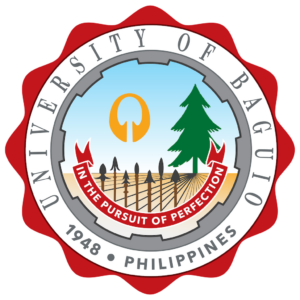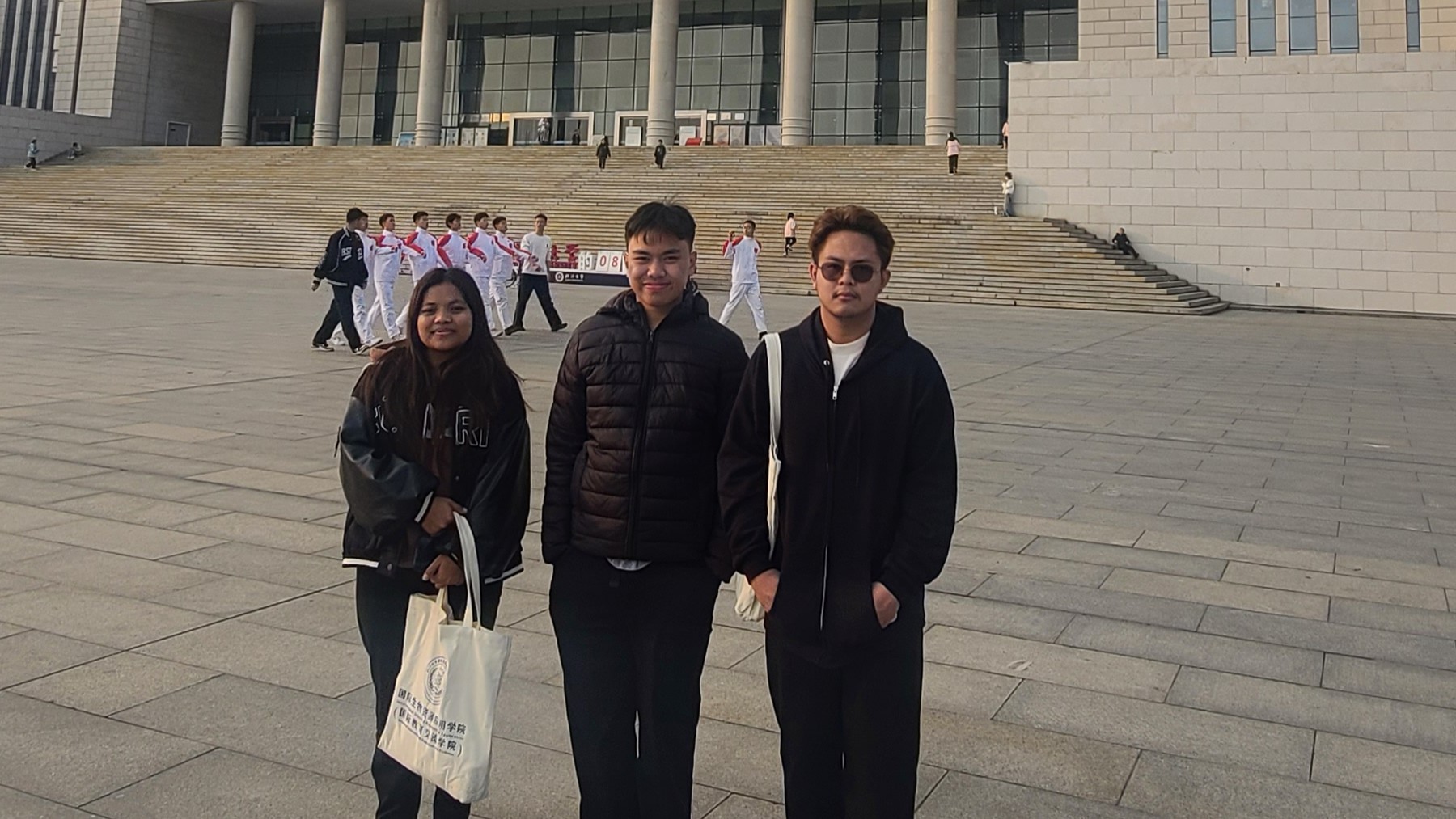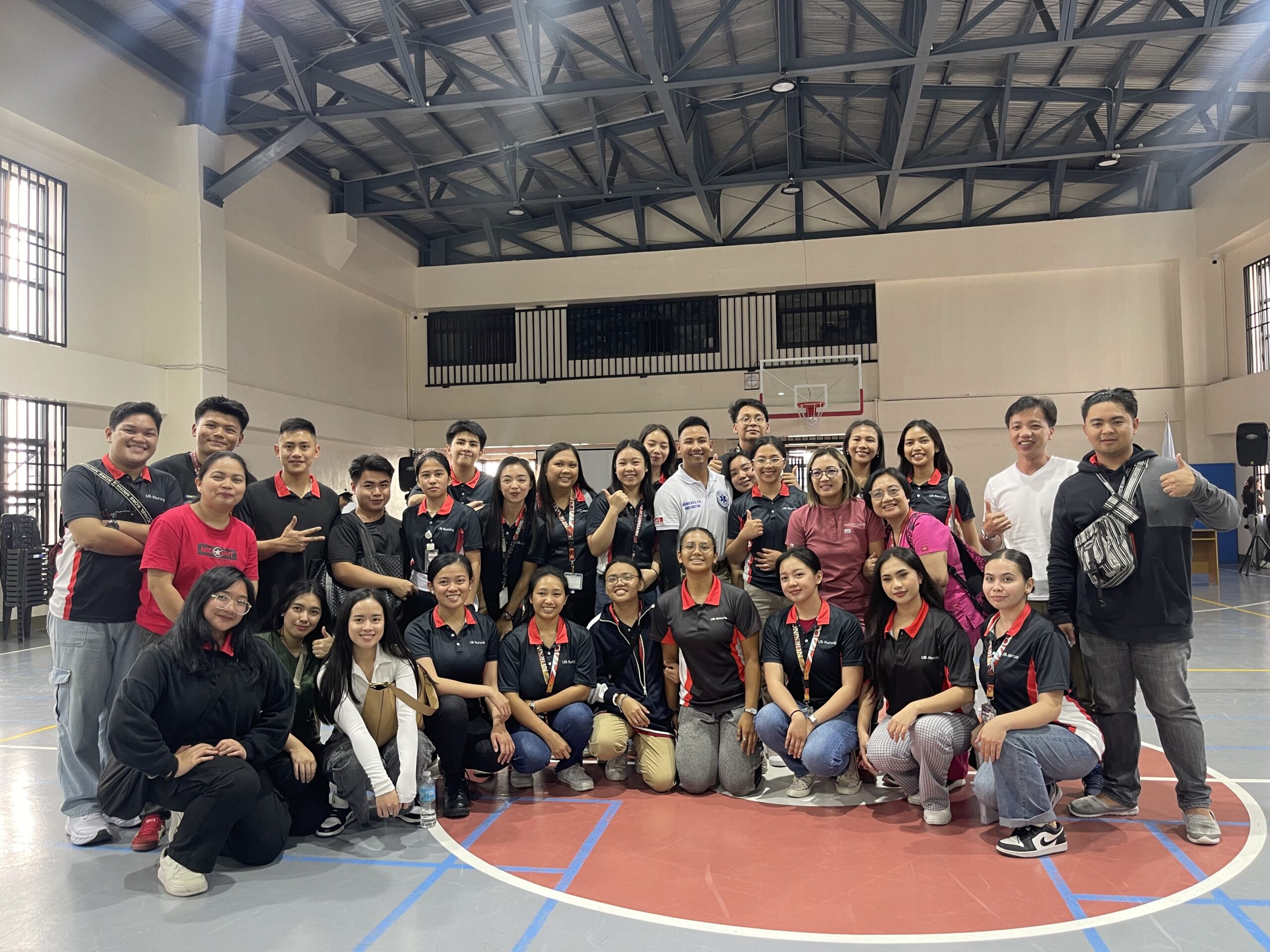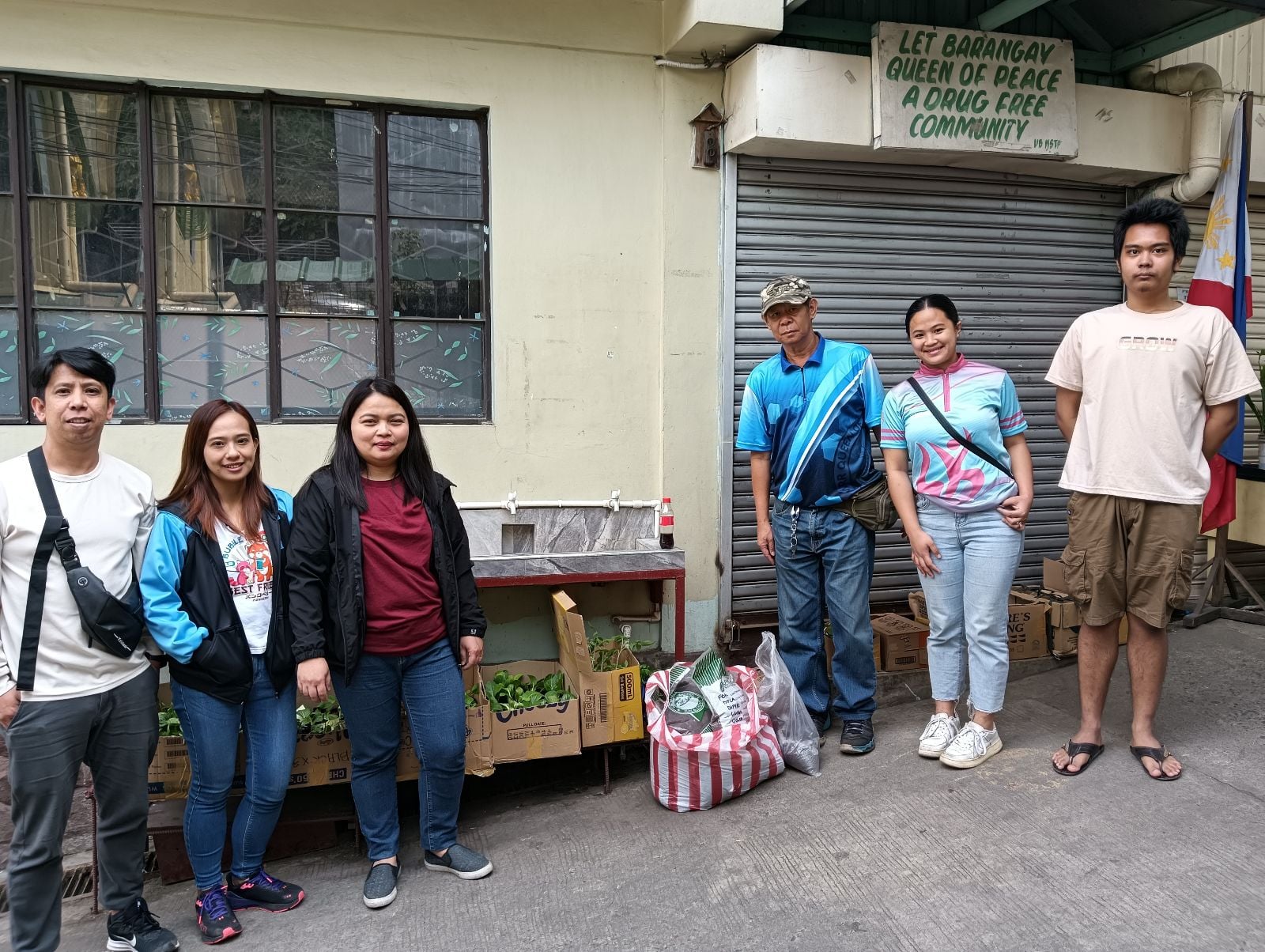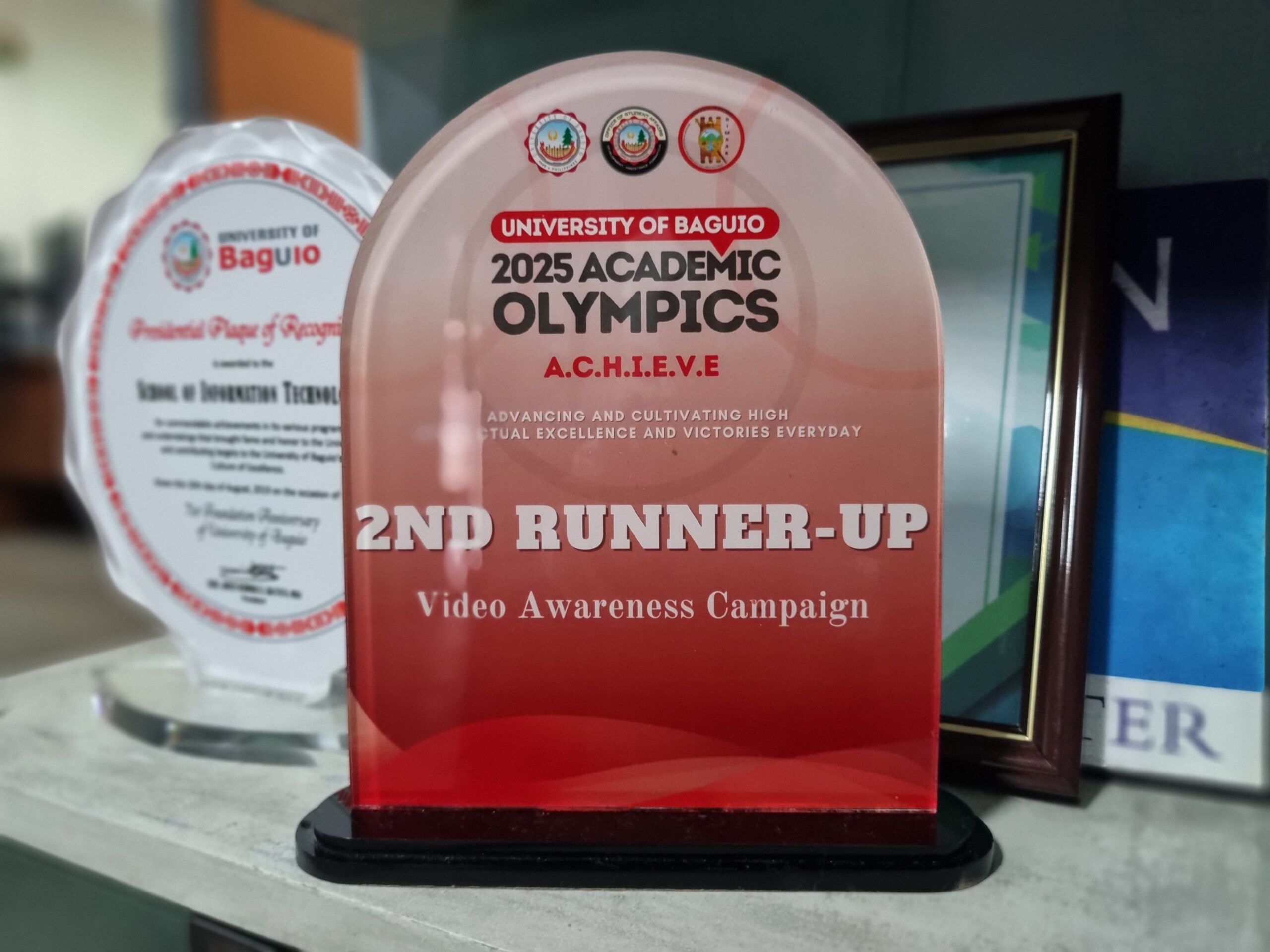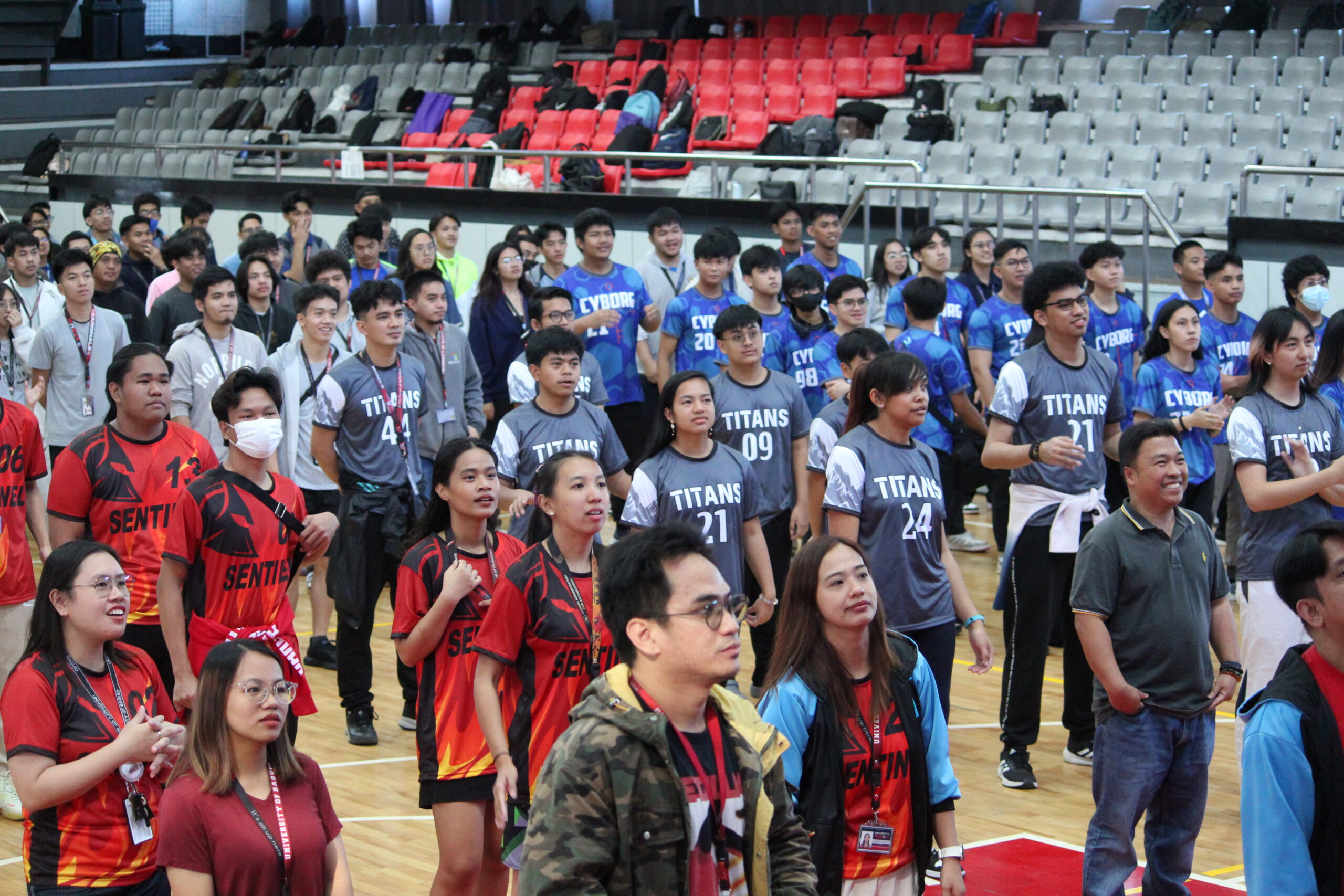Written by Cherrie Almazan
On March 6, 2025, I had the privilege of accompanying four students from the School of Information Technology (SIT), along with a fellow faculty member from the College of Nursing, to China for a three-month international exchange program. This enriching opportunity saw three BSCS students and one BSIT student from SIT, and eight nursing students, embark on a life-changing academic and cultural journey. While the SIT group was divided between two prestigious institutions—Linyi University and Jining Technological College—our mission was one: to foster global citizenship, expand academic perspectives, and promote cultural understanding aligned with several Sustainable Development Goals (SDGs), most notably SDG 4 (Quality Education) and SDG 17 (Partnerships for the Goals).
Our travel began in Baguio and spanned a grueling 28 hours for the Linyi-bound group. We traveled by bus to the airport in Manila, then took a flight to Shanghai, followed by a long bus ride to Linyi City, and finally a car ride to the university. Despite the fatigue, the warm reception at Linyi University immediately lifted our spirits. We were welcomed by the university president and deans from the Computer Science and International Affairs departments. Their hospitality, including a welcome lunch, set a positive tone for the students’ stay.
The students were assigned to shared dormitories with fellow international students, with male and female students housed in separate rooms within the same building. I was given accommodation at the International Affairs Center, where international faculty members reside. Though the campus was still processing our passes at the time, the kindness of one of our student’s Indonesian roommates allowed us to shop for essentials, especially much-needed winter jackets and gloves, as the cold weather was harsher than we expected.
Linyi University is massive, both in terms of its physical size and student population. It boasts extensive facilities, including a multi-level food court, a large library, a stadium, numerous basketball courts and other sports areas, grocery stores, and a highly secure access system. The campus security measures impressed me, with automated gate systems that rely on facial recognition and registered IDs—an advanced integration of technology that ensures student safety.
Unfortunately, because we arrived on a weekend, we were unable to explore the IT facilities. Still, I left with the confidence that our students are in a secure and well-equipped environment that encourages both academic growth and cultural immersion. Meanwhile, our BSIT student, along with the nursing students and the nursing faculty member, headed to Jining Technological College, where they too began their own immersive academic and cultural journey.
On March 10, we, the accompanying faculty members, returned to the Philippines, leaving our students to begin their three-month stay, where they are currently enrolled in IT and Chinese language and culture classes. I’ve recently received word from our students—they can now communicate in simple Chinese. This small yet significant milestone is a testament to the program’s success in building cultural bridges and promoting intercultural understanding.
This exchange program aligns strongly with SDG 4 (Quality Education), giving students access to international academic resources and experiences. It also supports SDG 17 (Partnerships for the Goals), as our collaboration with Chinese institutions enhances mutual understanding and shared educational goals. Additionally, the exposure to advanced security technologies and diverse campus infrastructures reflects SDG 9 (Industry, Innovation, and Infrastructure).
Though my stay in China was short, the experience was deeply fulfilling. I only wish I had more time to explore the university further and witness firsthand the learning environment our students will enjoy for the next few months. I am confident that this opportunity will not only shape them academically but also mold them into globally aware professionals ready to thrive in an interconnected world.

